Buenos Aires
Buenos Aires, the capital of Argentina, is often the first international destination for many Brazilians. Whether it's because of its proximity, the ease of the language or the fact that our currency is more highly valued than the peso.

We love the city and think it has a European feel, especially our beloved Recoleta neighborhood. Recoleta was built by wealthy families in the French style. As such, it is known by many as the Paris of the Americas!!! In other words, we have a mini Paris nearby and many people don't appreciate it (lol).
Everything about Buenos Aires makes you feel far from home, even though it's less than four hours away by plane.
Your neighborhoods
The city of Buenos Aires is very well designed. Its blocks are well defined so that parallel streets will have the same numbering according to the block. For example, if you are at number 10 on Calle México and want to go to the same number on the parallel Calle Chile, know that they will be on the same block. This way, you won't have to change streets and get lost looking for the number you're looking for. Tell me, is this spectacular or not?!
The neighborhoods that concentrate most of the tourist attractions are: Centro, Puerto Madero, Recoleta, Palermo, Villa Crespo, San Telmo and La Boca.
Therefore, our tip for making your itinerary is to open the map and separate your days according to neighborhood. This makes it easier to get around by walking between the sights, saving time and money.
We'll do a post with the full itinerary soon. However, to satisfy your curiosity, I'm going to tell you how we split it up. On the first day we did Recoleta and on the second, Centro and Puerto Madero. On the third day we did Palermo and Villa Crespo and on the fourth San Telmo and La Boca. We left the fifth day free to do some last shopping and see what was missing.
Transportation
The city of Buenos Aires is very well served by public transport and it is also very easy to get around on foot.
Metro and Bus
Buenos Aires has several subway lines (subte, as they call it) that connect the main avenues, trains and buses. With these lines and the connections you can reach the city's main tourist attractions and hotel areas. In the stations there are panels showing the routes and possible combinations with buses and trains to get to the places.
To use the metro or bus, keep in mind that you need to buy a SUBE card. The SUBE is like a single ticket here. The difference is that you can't buy the ticket in cash, only with this card.

There are several points of sale for the SUBE card throughout Buenos Aires. You can buy it in the subway stations themselves, in Kioscos (typical Buenos Aires convenience stores), lottery shops, among others.
The card costs an average of 25 pesos (some places charge more) and you don't have to buy one per person. That's right, you can share the card with your family.
After buying it, you need to top up the credit, which can be done at the time of purchase or at one of the thousands of recharge points. The amount to be topped up depends on how many journeys you are going to make and how many people are going to use it. The more journeys you use, the cheaper the ticket will be, so check it out when you top it up.
Hiking
Although it's super easy to get around and well served by public transport, Buenos Aires is a city that invites you to walk. The streets are beautiful, tree-lined and full of beautiful buildings, and I'm sure you won't regret it.
In addition, Buenos Aires is surrounded by incredible parks and squares, especially around Recoleta and Palermo, which makes for an extremely pleasant and touristy walk.
Because of the type of route we took, as I've told you, it was very easy to get around, so we did practically all the tours on foot. We walked on the way there and on the way back we took an uber or cab to return to the hotel. We highly recommend this experience.
Cab
It's also very easy to use a cab in Buenos Aires. There are plenty of them around the city and the price is very cheap compared to Brazil.
Many people are afraid to use them because, in the past, it was very common for taxi drivers to scam passengers. The scams consisted of taking a longer ride to earn more or giving fake bills as change. It was also common for tourists to hand over a 100 peso note and for the taxi driver to exchange it for a fake note and say that the passenger had tried to pay with it.

The times we used it we didn't have any problems, but here are some precautions we took. We always asked the hotel to order a taxi from a "cooperative"; we took cash because small bills are not counterfeited, so there would be no way for the driver to exchange your real bill for his fake one, and there wouldn't be much change for you to receive. Finally, before getting in the car, we always entered the destination into the GPS to see which route we had to take and, when we got in the car, I would make myself look like I knew the place, indicating the route I wanted to take. Acting like this, I think there's no mistake, but always be on the lookout.
Uber
Uber is also a great alternative in Buenos Aires. You use the app on your cell phone, the same one you use in Brazil, and you just need to have an international card registered. The prices are lower than cabs. If you're afraid of being hit by a cab driver, there's no way you'll be hit by one with Uber. The price is charged in dollars on your card and it's still worth it.
Where to stay
Some say it's better to stay in the center. However, we opted for and recommend staying in the Recoleta neighborhood, having had experience in both places.
Although the center is close to many tourist attractions and is very busy in the mornings, in the evenings it is very deserted and we didn't think it was the safest.

Recoleta is a very central neighborhood, and we did most of our sightseeing on foot and from there. It is also home to many points of interest, nightlife, incomparable cafés and wonderful restaurants. We went out for dinner practically every night in Recoleta on foot and had no problems whatsoever.
What's more, the neighborhood has that Parisian charm, is super tree-lined and full of beautiful parks and squares that will steal your heart.
Currency
Many people ask what currency to take to Buenos Aires. What will answer this question is the exchange rate when you go.
Real is accepted there in many places, restaurants usually do, but the conversion is not very friendly. The same goes for the dollar. In one place or another you can get a better rate, but we don't think it's worth risking it, but in an emergency if you run out of pesos know that you won't go hungry (lol).
At a time when the exchange market in Argentina was closed and locals couldn't buy dollars or reals, this type of conversion was more favorable. However, this is no longer the case today, so paying in dollars or reals directly no longer usually pays off financially.
Here in Brazil, the exchange rate for buying peso is not usually favorable. What's more, it's not very easy to find the currency available here. Therefore, it is advisable to take reals or dollars and exchange them there.
Which currency you take will depend on the period, according to the exchange rate of the real and the dollar. Although the dollar earns more pesos than the real, we can't forget that depending on the season, the dollar exchange rate is very high for the real, so it's not worth making two conversions, and it's easier to exchange the real directly. However, as I said, it all depends on the period.
Official Exchange or Parallel Exchange?
When you arrive in Buenos Aires, you have two options. The first is to change at the official exchange rate, Banco La Nación, which you can even find inside airports. The second is to opt for the parallel (unofficial) exchange rates, which are remnants of the period when the economy was closed.
You have to be careful at parallel exchange offices. Although the exchange rate is usually much better than La Nación's, you have to check that the notes are genuine. After all, you won't have anyone to complain to.
Walking down Calle Florida, you'll often come across people offering to change money. I wouldn't trust them. Only change at a parallel exchange rate if you've already had a recommendation from people who have done it with that "company".
What did we do?
We exchanged with the agency Câmbio Mais Brazucas. It's an agency run by Brazilians that I saw being highly recommended on the internet, so I decided to exchange with them. We always chatted on Facebook and everything went very smoothly. The advantage was that they delivered to the hotel free of charge. In other words, they took them to my hotel when I arrived, which was a great help.

One caution we had was to buy pens that check for counterfeit notes here in Brazil. We bought them at the Kalunga store and took them with us to check the notes. However, the store itself carried a pen for us to check.
Our experience with the exchange was very good. We have already recommended it to several friends and followers who have also enjoyed the service. However, as it is not a regulated service, I always advise you to take a pen and check it yourself. I also think it's safer to have it delivered to the hotel, so you're in a safe environment and not in some hidden store.
Main tourist attractions
In this first post, we'll mention the main tourist attractions in Buenos Aires. This will give you an idea of what's not to be missed there. Then, in the posts about the itinerary, I'll go into more detail about each place, OK?
- Floralis Generica

- Faculty of Law
- National Museum of Fine Arts
- Plaza Francia
- Recoleta Cemetery
- The Athenaeum
- Obelisk
- Colón Theater
- Plaza Mayo
- Casa Rosada

- Buenos Aires Metropolitan Cathedral
- Congress
- Cabildo
- Puerto Madero

- Woman's Bridge

- Calle Florida
- Galerías Pacífico
- Bosques de Palermo/Parque 3 de Febrero (Japanese Garden, Zoo, Rosedal and Planetarium)
- Palermo Racecourse

- Villa Crespo Outlets
- San Telmo Market
- Mafalda statue

- La Bombonera
- Caminito

Did you like my tips? Follow us on instagram! Just click here.
See here Cris's tips for Argentina!
Be sure to follow the blog on Instagram and enjoy all our trips in real time.
Or travel with us in our videos on YouTube!


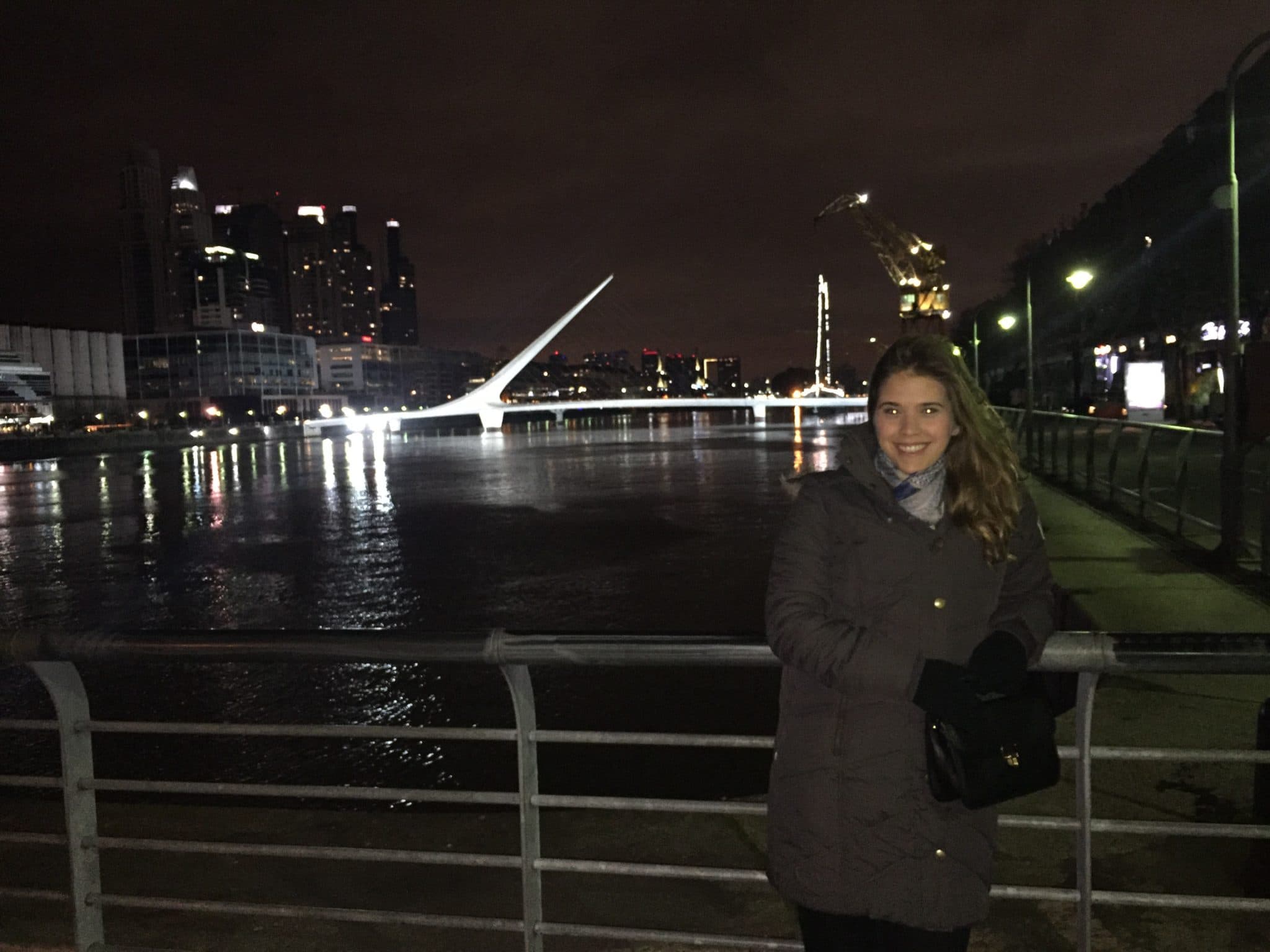
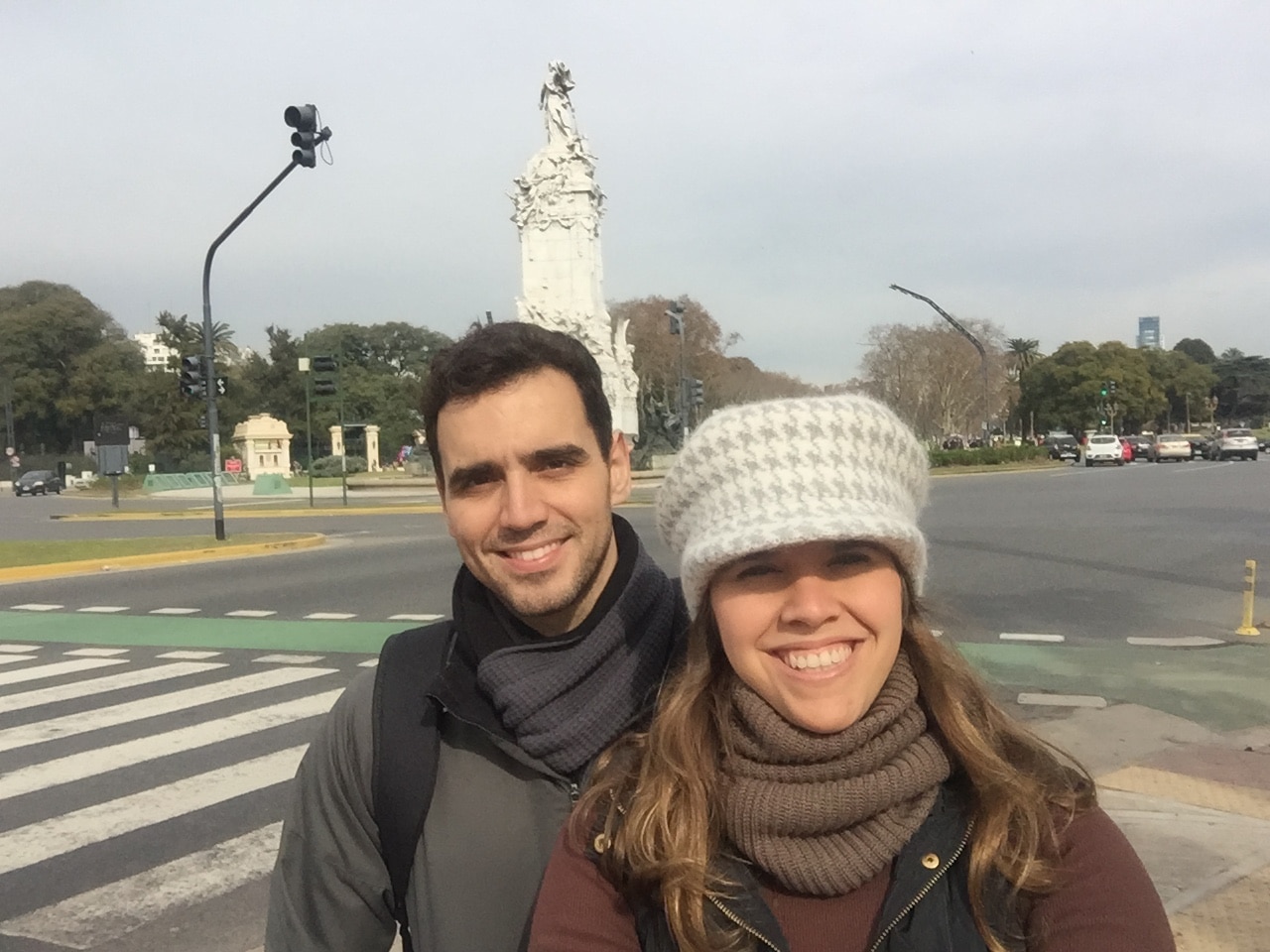



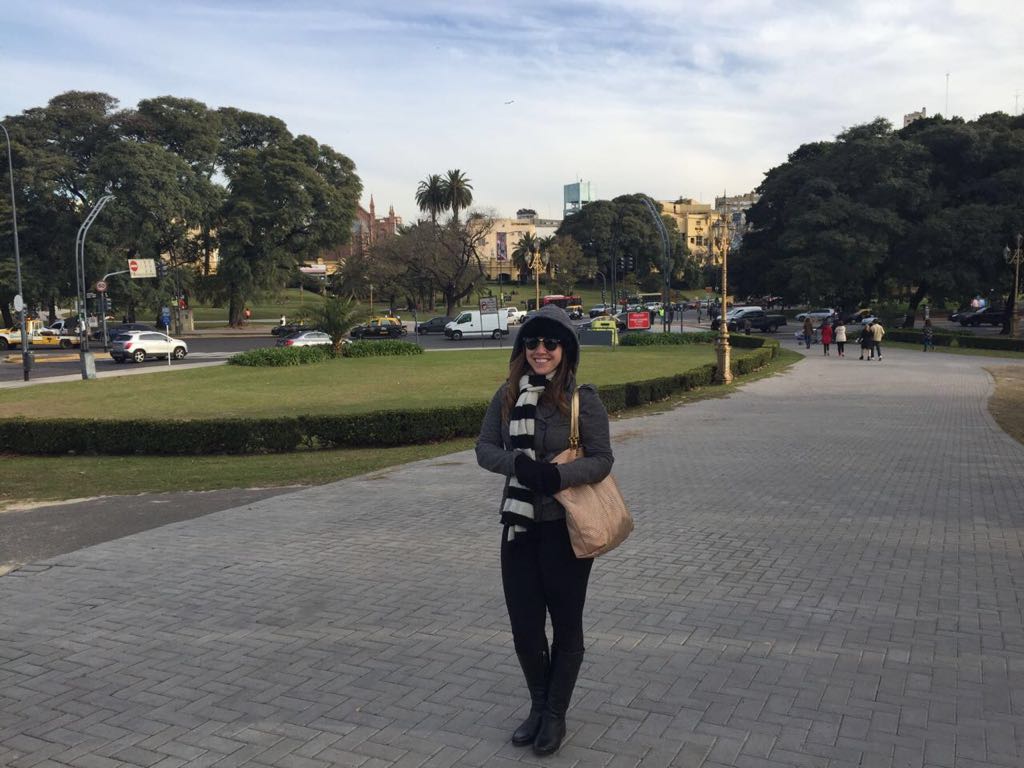
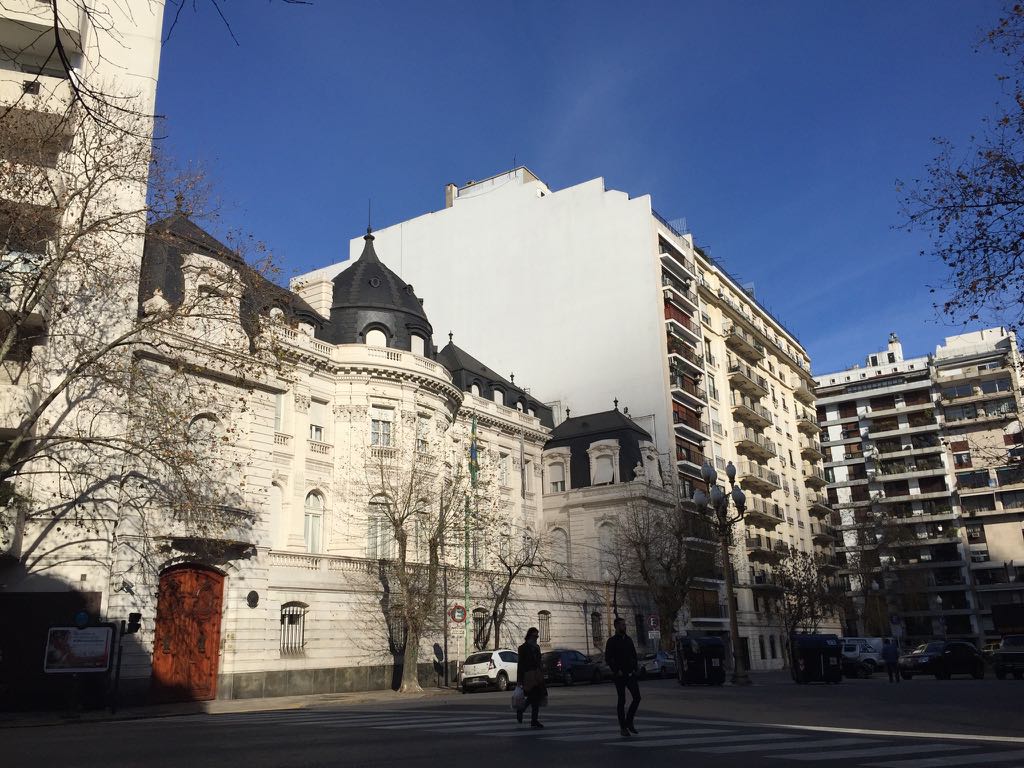
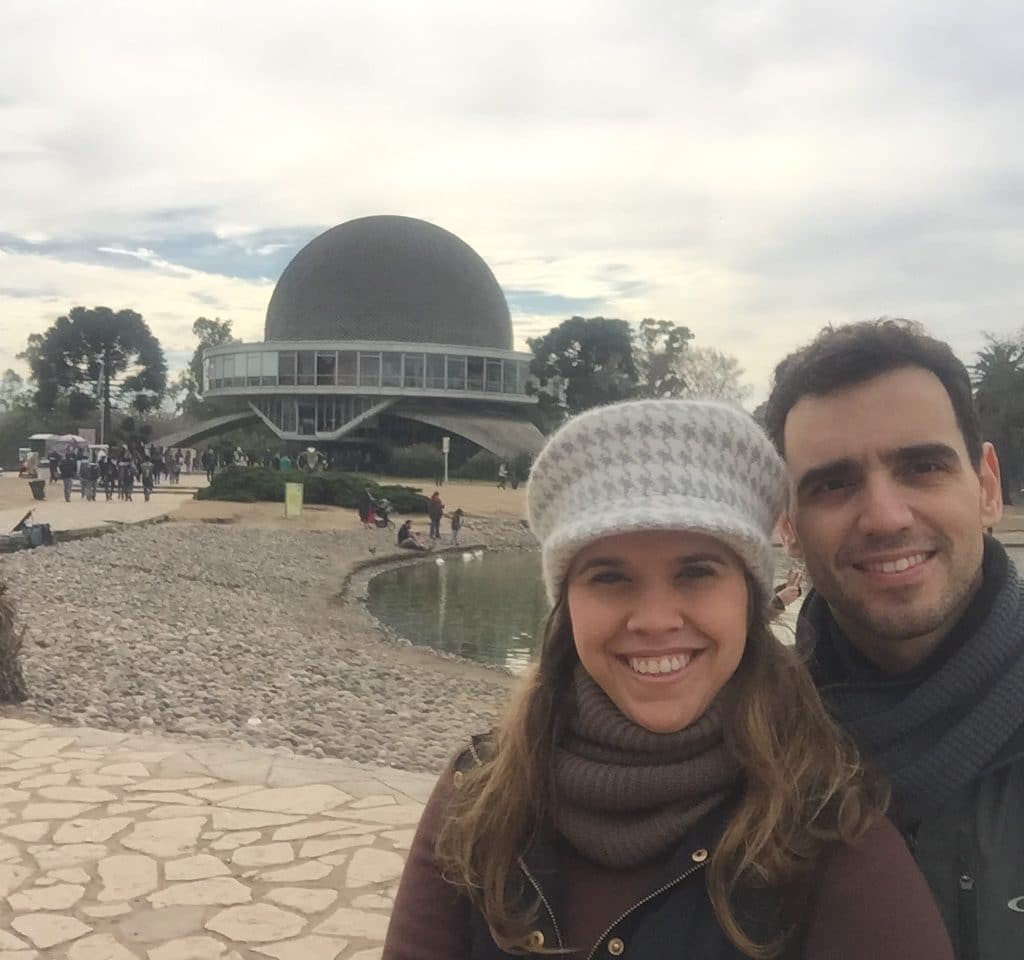


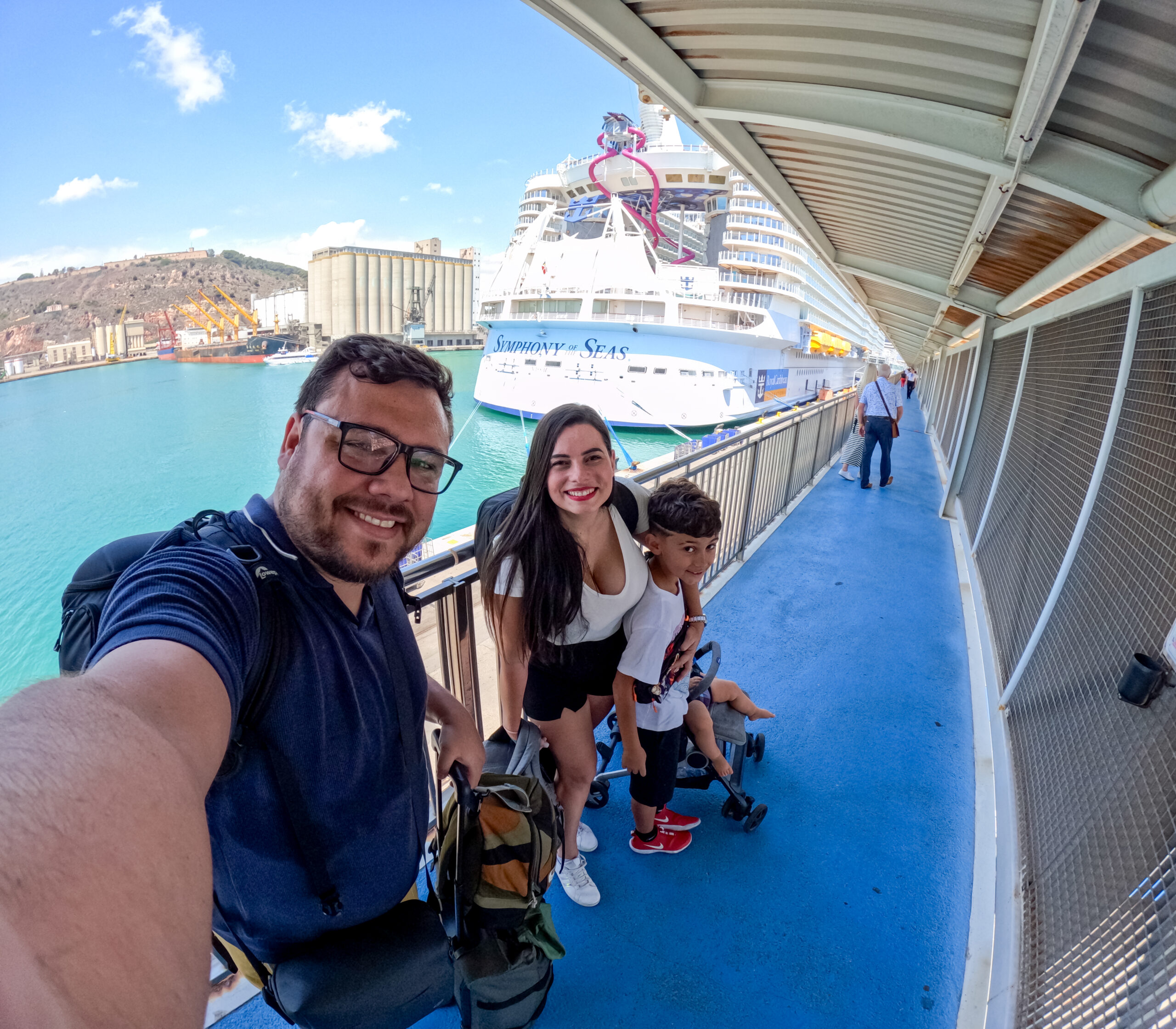
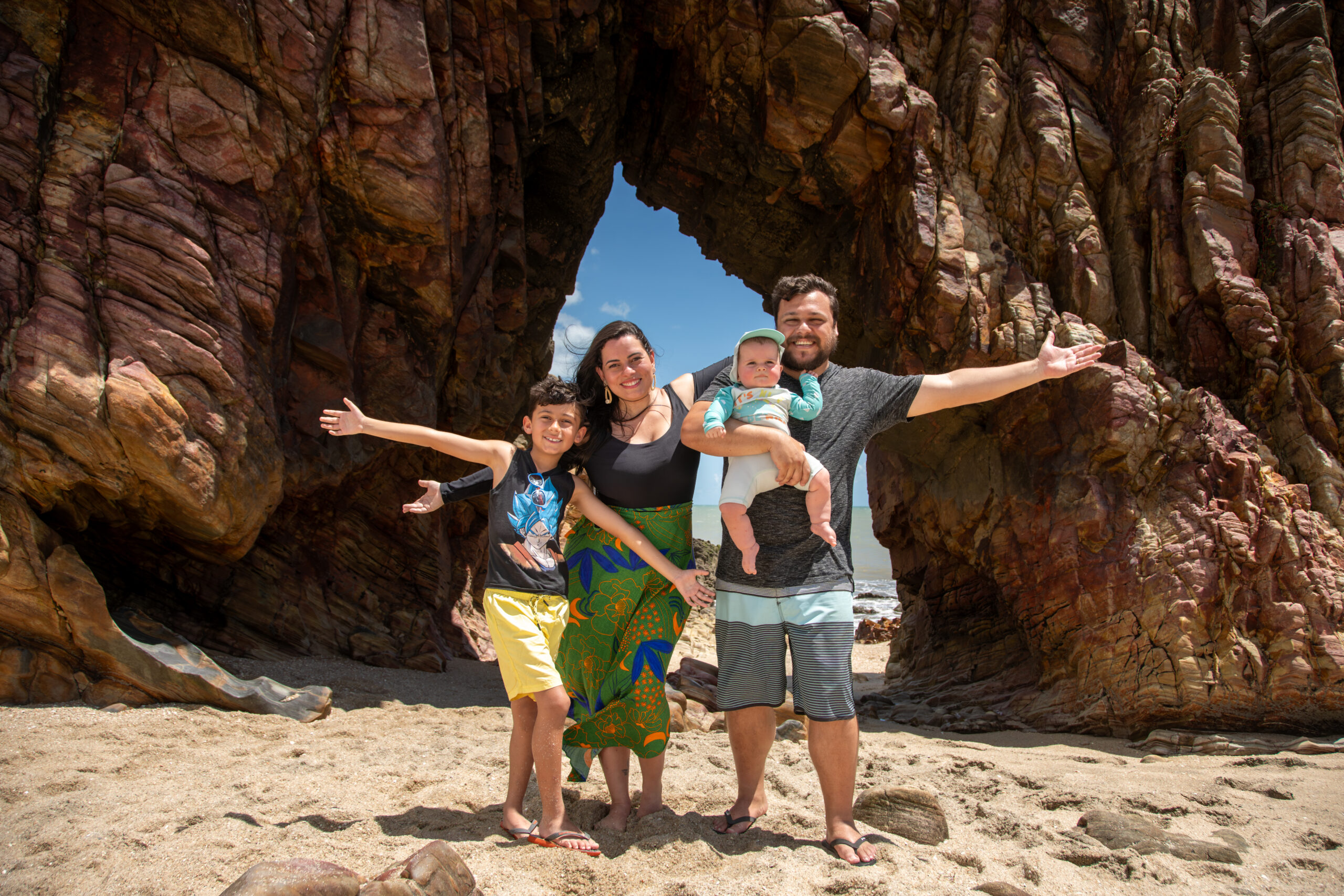



Supermarket in Amsterdam -
Where to sleep in Interlaken - cheap accommodation in Switzerland
Where to sleep in Interlaken - cheap accommodation in Switzerland
Arubinha - Rio de Janeiro.
Arubinha - Rio de Janeiro.
The Blessed - Salvador Carnival.
Carnival in Salvador.
Christmas in Portugal